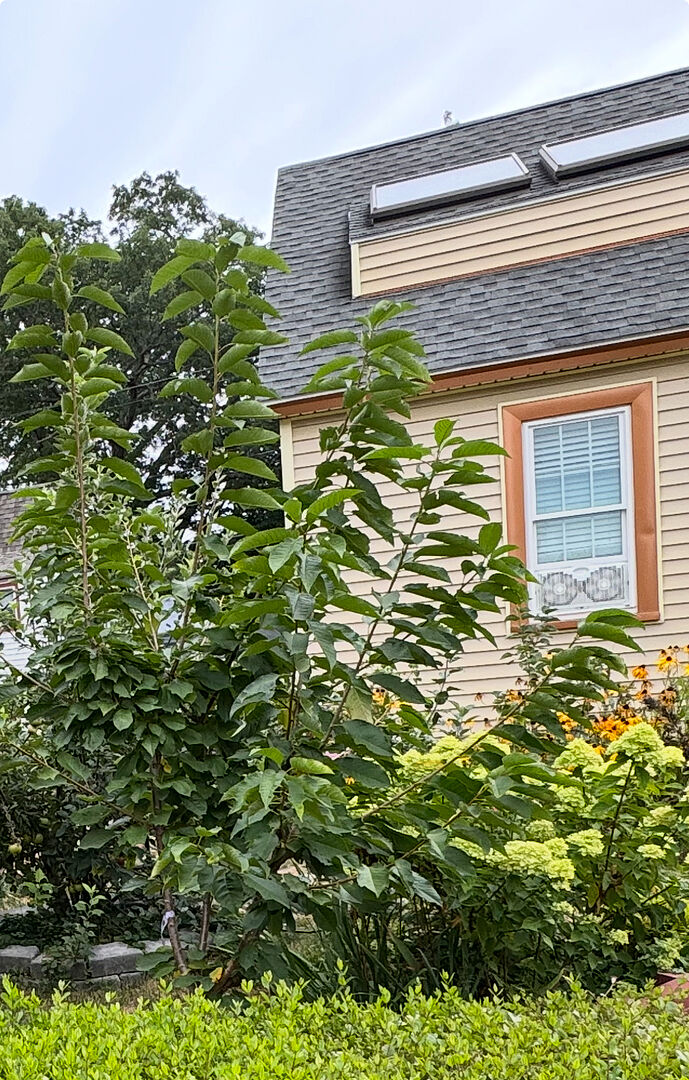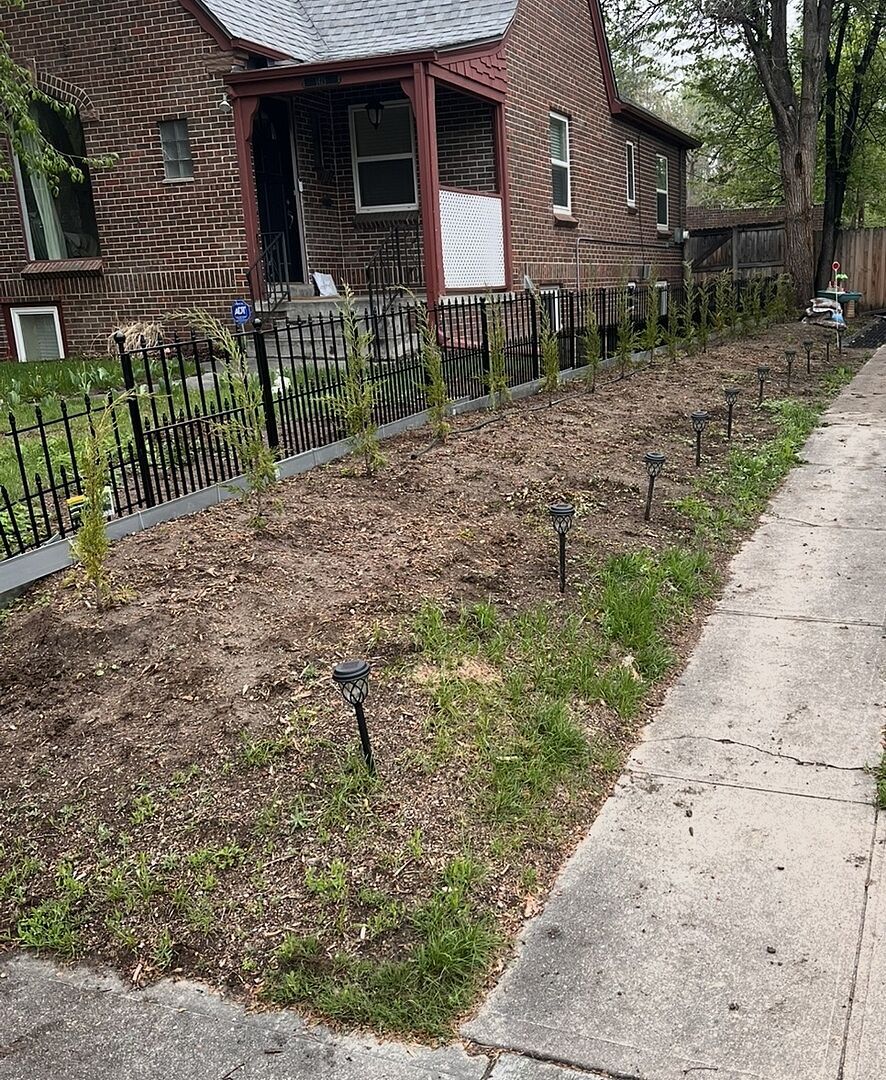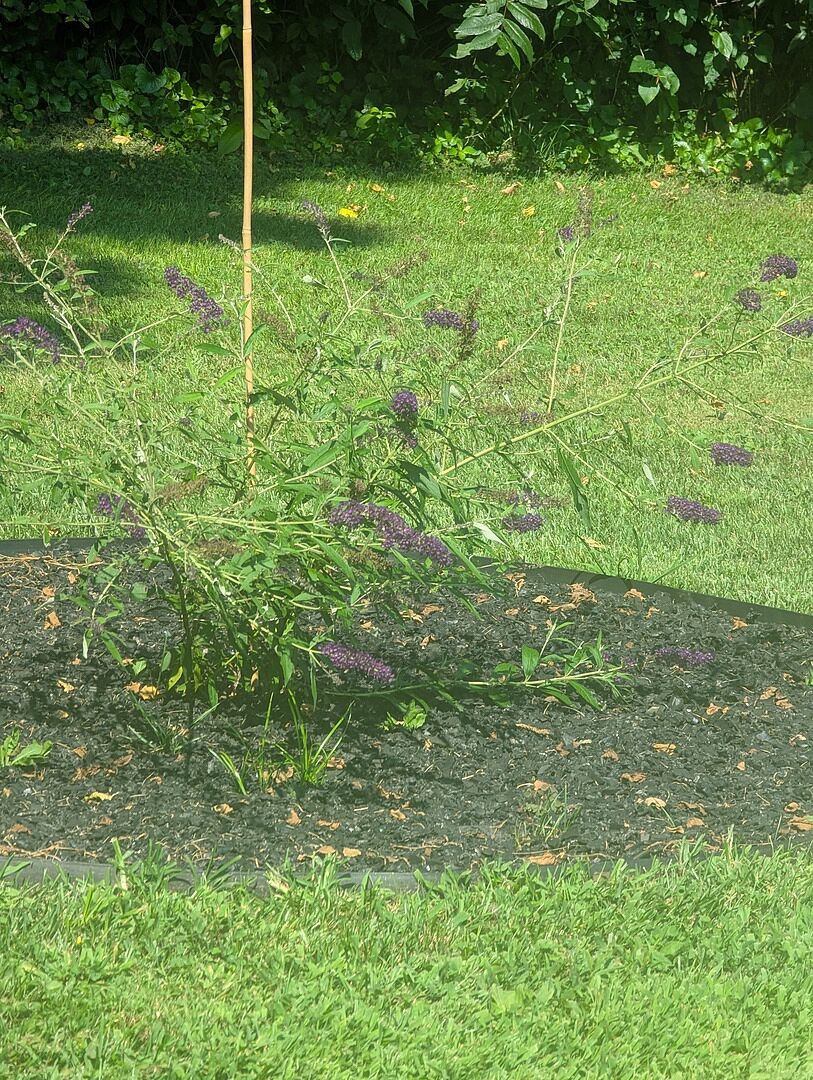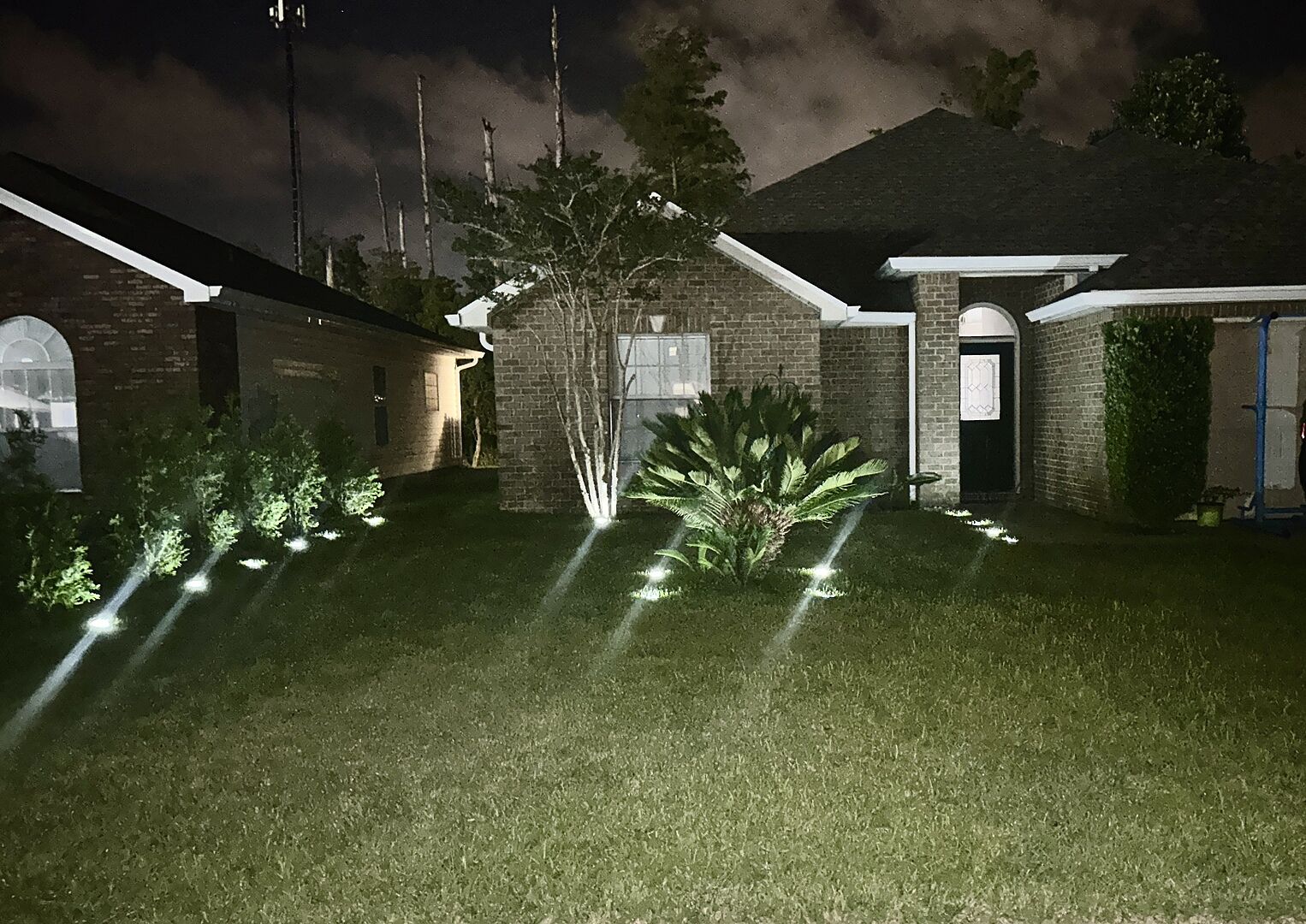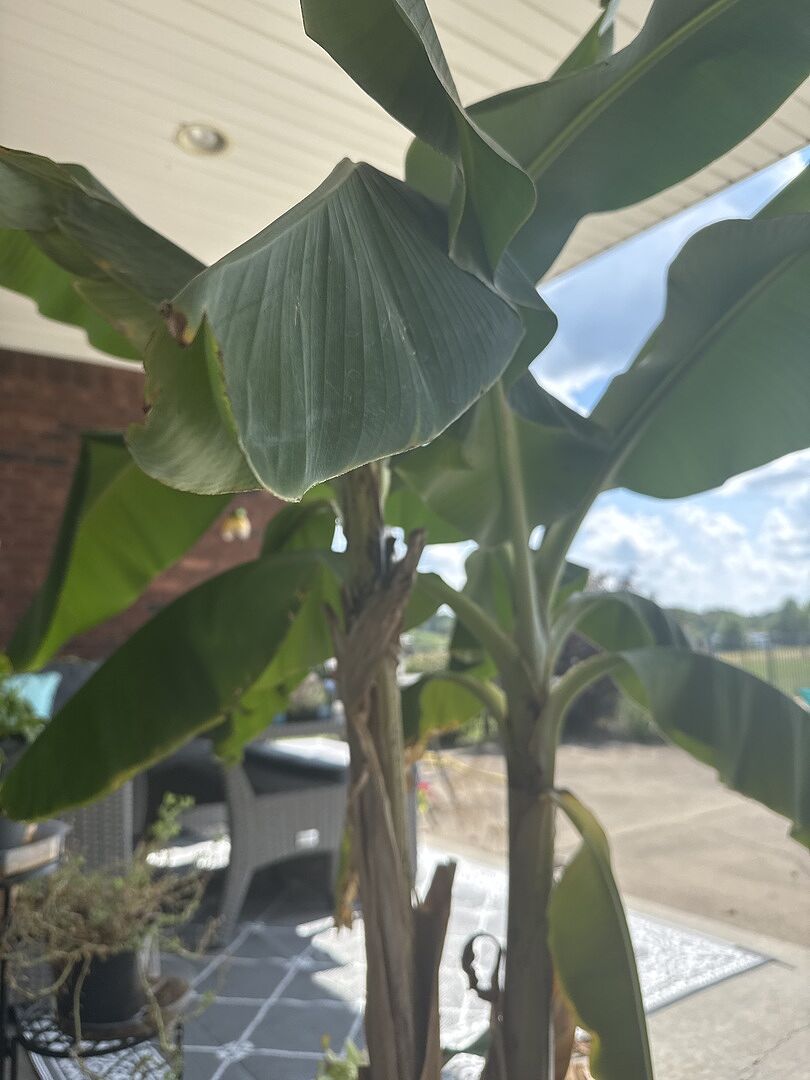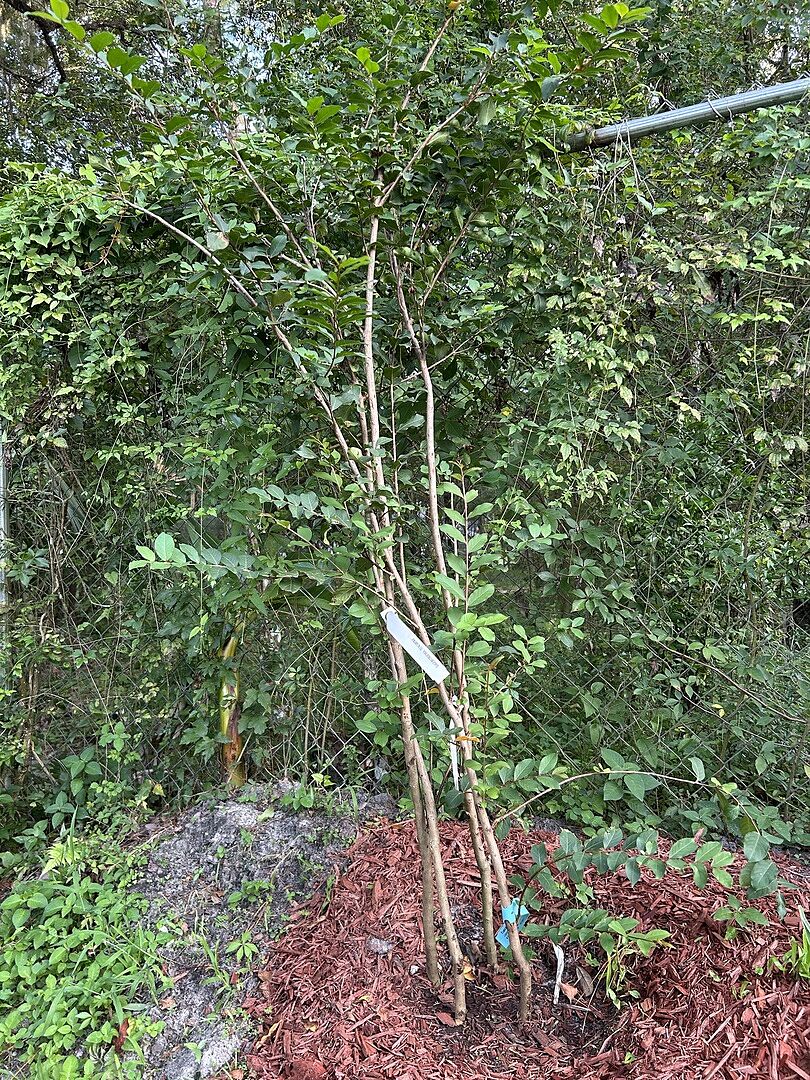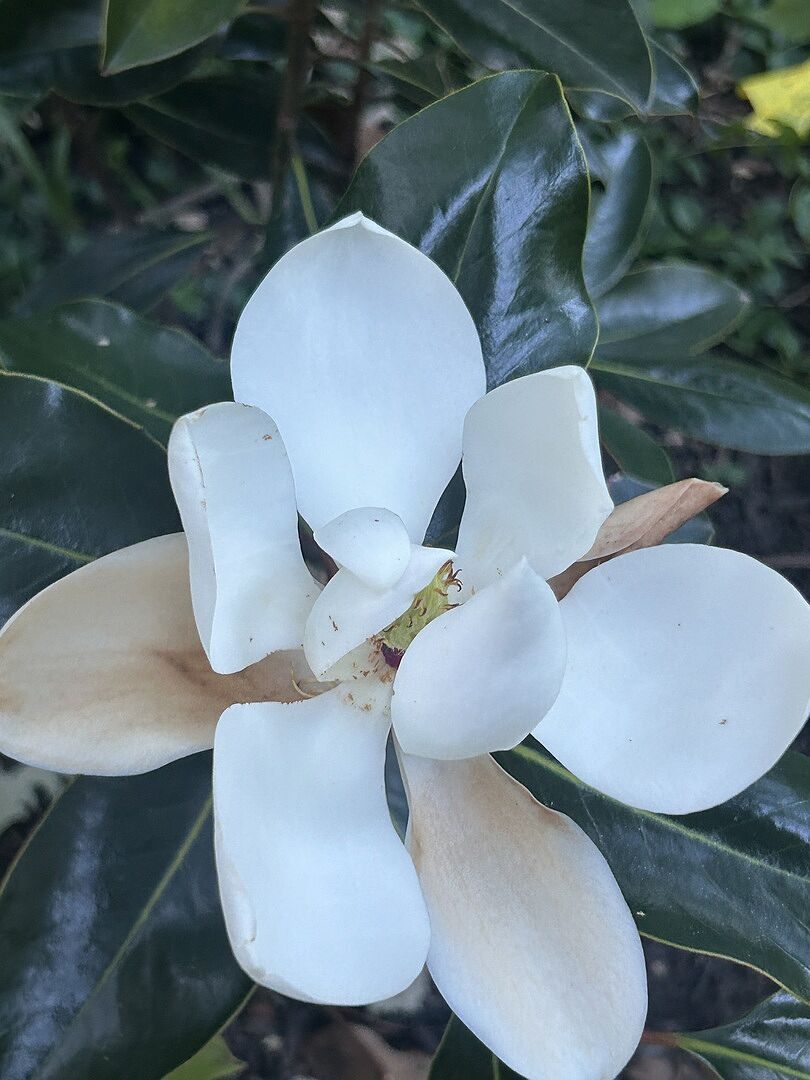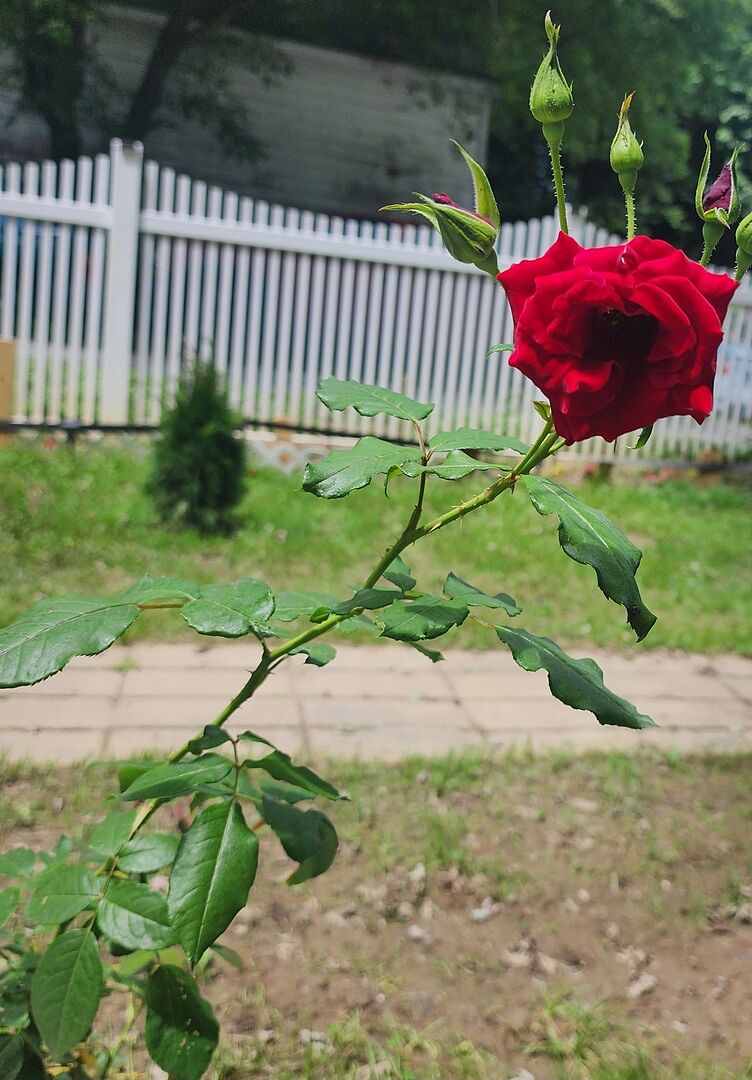Summer Plant Care FAQs

Last updated: Jul 20 2023

Summertime is upon us! In between cooling off in the pool and snacking on watermelon you might notice some of your plants looking less than their best. In most cases, it's entirely normal for plants to start looking a little tired in summer. To help ease your summer care, here are some of the most common questions we get from customers like you!
Here’s a quick look at what we’ll cover in this guide:
- Crape myrtles blooming in different colors
- Protecting plants through summer storms
- Protecting plants through droughts & heat waves
- Brown spots on Japanese maple leaves
- Treating fungal and pest issues in summer
- Plants of the same kind performing differently
- Common summer pests to look out for
Why are my crape myrtles blooming the wrong color?
While this can throw us for a loop sometimes, it’s completely normal. A crape myrtle’s flower color is highly influenced by weather conditions. If blooms open on a cloudy day you could get a completely different color than blooms that open on a sunny day.
So, if you notice your crape myrtle suddenly has white flowers instead of red, blame it on the weather and know your tree will be just fine. Crapes continuously bloom through the season, so if the color is bothering you feel free to pick those odd flowers off, and your tree will soon make more.
Learn more about crape myrtle care here!

Crape myrtle blooms
How do I protect my plants during a summer storm?
Depending on where you live you might have different weather conditions to watch out for. We suggest staying ahead of the game no matter what your region faces and keeping an eye on the forecast. Staying prepared will benefit both you and your plants.
Move container plants to a sheltered location like next to a house, a covered porch, or an overhang. You can also move plants to a garage or inside your house, but know that this drastic change in environment might stress your plants out and they will need about a week to re-adjust.
Plants in the ground should stay as they are. For younger trees with fragile trunks less than 2 inches in diameter you can provide extra support by staking them. Make sure the stake isn’t too tight and has some give. Older trees should be fine. You’ll want to also stay on top of pruning to remove any possible branches that are weak or dying as hazard prevention.
Remember, plants are very strong and often able to bounce back. Most of the time your plants will recover from any damage within 2-3 weeks.
How to protect plants during a drought or heat wave?
Droughts and heat waves are just as hot for us as they are for plants. The best way to keep your plants cool is to water them well.
Some common heat stress or drought stress signs you might notice on your plants are bleached, curling or browning leaves. Affected leaves will most likely fall off and new ones will grow in their place. Plants are hardy, so be patient as they recover from the stress.
Tips:
- Do not fertilize, prune or transplant during this time, and stick to watering to help your plants recover from the heat.
- Mulch your garden beds to retain soil moisture. Apply it to the base or trunk of your plants and trees about 3 inches deep. Avoid rocks, as they can trap heat in the soil, reducing water content.
- Water early in the morning before the sun is high in the sky. This allows your plants to uptake the water before it evaporates.
- Water at the base of plants not on the top. After all, the roots need the water, not the leaves!
- If you’re in a water-restricted area follow your local guidelines and water slowly on low pressure. A drip irrigation system is a great way to do this. This low rate of water allows it to sink into the soil and not run off.
See more tips for caring for plants through a heat wave here!

Heat-stressed lemon

Sun-bleached heuchera

Drought-stressed thuja
What are the brown spots or tips on my Japanese maple leaves?
Did you know that leaves can get sunburn too? Japanese maples have more delicate, thin leaves than other trees. In times of intense heat or later in the summer this stress shows as tiny brown spots that are dry and crispy. Sadly, there isn't much you can do, but your tree should be okay. If you do feel like your tree is getting excessively browning leaves, wait until the fall to transplant it to a shadier location. Heat damage like this often occurs on other trees like redbuds and dogwoods, too.

Crispy Japanese maple

Overly hot dogwood tree
Can I treat my plants for fungal/pest issues during the summer?
The summer heat has a way of bringing some fungal issues to light. While it’s tempting to just spray your tree, we highly recommend that you take a moment and read the label. Sprays like neem react poorly with intense sunlight and can damage your leaves. Before applying any product make sure you’re applying it at the right time of year and in the proper way to avoid harm.
I have the same plants in my yard, but some are doing better than others. Why is this?
Our best tip is to look around at the surroundings. Materials like concrete, stone, and brick hold heat and are often the culprit if half of the plants start looking bad while the others are thriving. Take a critical look and notice any patterns like where the affected plants are located and if they’re alone or grouped together. This can sometimes be tricky, so don’t hesitate to reach out to us for a second opinion.
Common Summer Pests
The kind of pests you face will vary depending on your location and what’s planted in your yard. While this isn’t an exhaustive list, below are some of the most common summertime pests and how to treat them. For a deeper dive into common garden pests, check out this guide.
Aphids
They come in many colors like red, green, and transparent white, but all of them are like the sweet sap of your trees. They’re quite small and easy to miss, so look for the sticky residue that they leave behind. Rinsing your plant with some soapy water will often dislodge them naturally, but in extreme cases you might need a product like neem oil that specifically kills them.

Aphids on cherry tree
Japanese Beetles
If it looks like a hole punch has been taken to your plants, you’re most likely the victim of Japanese beetles. You can easily spot them, as they come in large numbers and are metallic green with copper-colored wings. Japanese beetles are the most active during June, July, and August. These beetles aren’t picky eaters, and while their damage is rarely enough to kill a plant, they certainly stress one out, costing you your summer leaves, flowers and harvest.
We recommend picking off any you see by hand and putting them in a bucket of soapy water to kill off the adults. You may also find success in trapping or spraying for adult beetles. Many have found success in killing off the larva in the soil, as the adult beetles have a tough exterior to protect them.

Japanese beetle damage
Mosquitos
This common insect likes you more than your plants. To avoid attracting them to your garden, try these mosquito-repelling plants and remember to dump any pooled water after a rain in outdoor saucers, empty pots and watering cans. Mosquitos love standing water, so eliminating any will help to deter them.
Summer can be tough on everyone, including your plants, but with a little extra attention and care, they’ll keep thriving, even through the hottest days. Just be patient and remember that your plants might just need a little time to bounce back. When in doubt, reach out to us so we can take a look and offer helpful tips and tricks!
Looking for more summer care help? Check out the guides below:

Written by
Meredith Gaines
Meredith's love for plants started at a young age, and only grew when she started working in the Desert Exhibit at the South Carolina Botanical Gardens and the Historic Filoli Estate in the Bay Area. After graduating from Clemson University (GO TIGERS!) with a degree in Biology and Horticulture, she found her niche in the FastGrowingTrees.com family as a horticulturist and has grown in her current role as Senior Plant Expert.
She currently resides in her hometown of Charlotte, North Carolina, and enjoys spending any time she can outdoors. She learns new things about plants every day and loves sharing her plant knowledge and tips with those around her. Her favorite plant is constantly changing, but her long-time favorites are peonies, oak trees, and ferns.
Featured Product

Tulip Poplar Tree
285 reviewsStarting at $104.95

















